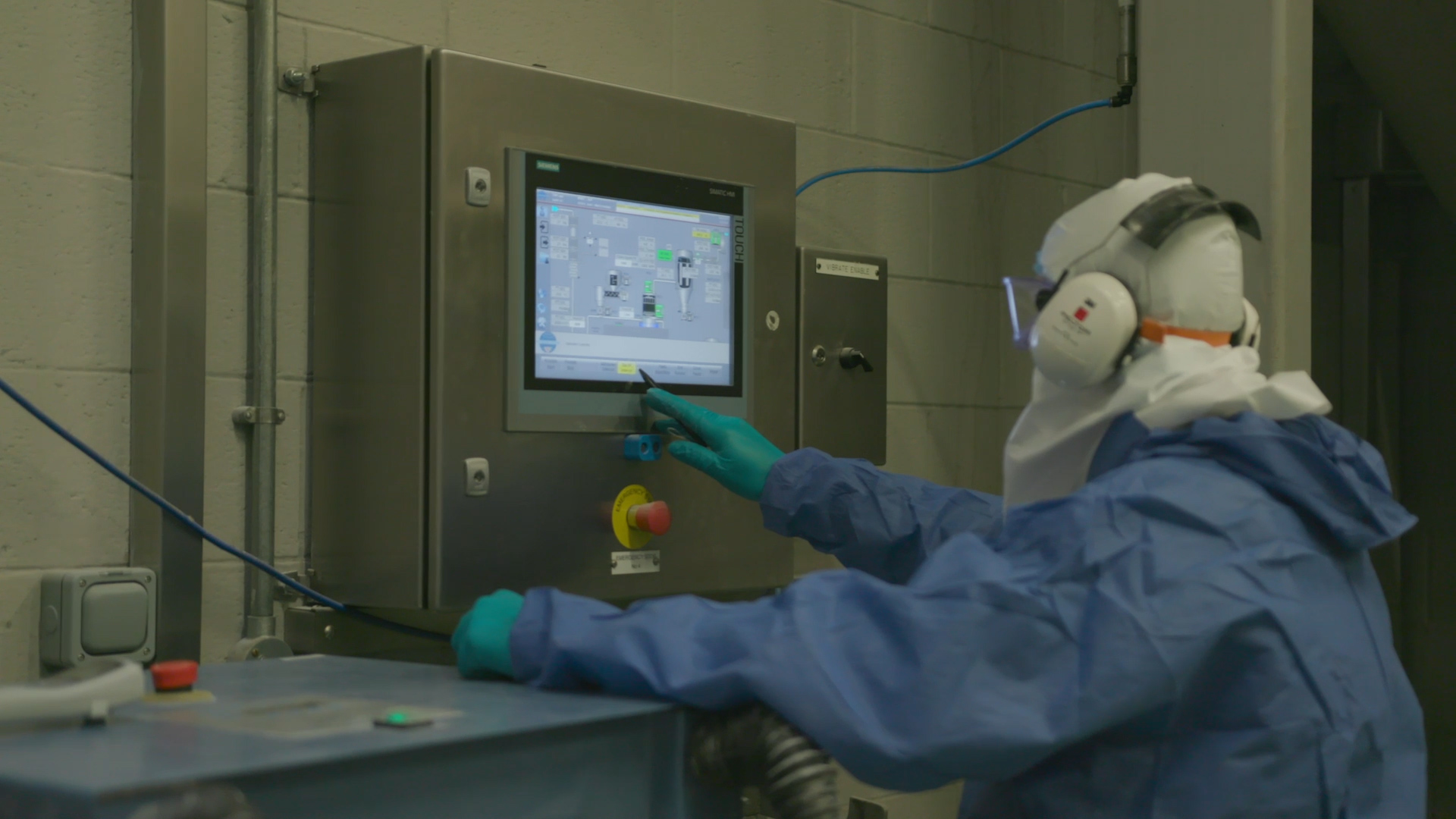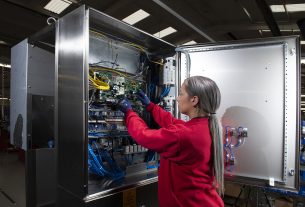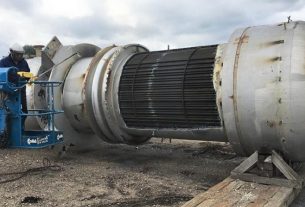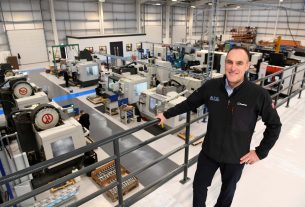Runcorn plant now harnessing a wealth of data with advanced analytics
A collaborative digital technology project between Siemens and Hosokawa Micron Limited (HML) has helped its customers improve productivity by 15% and reduce energy costs by 10%.
The project – Hosokawa Gen4 – introduced Siemens’ MindSphere IoT operating system to HML’s manufacturing facility in Runcorn, Cheshire.
Using the digital technology platform HML, a global leader in powder processing equipment, was able to integrate assets across the factory to remotely monitor the performance of equipment and plan.
This included real time values and trending for key measurements, diagnostic alerts and warnings of problems detected in machinery.
Iain Crosley, Managing Director at Hosokawa Micron Ltd, said:
“Since the start of our journey of advanced digitalisation in our factory in the last three to four years, we have grown our own output significantly year-on-year.
“Not only have we digitalised our own production factory but the machines we deliver to our customers are of higher digital value, primed for better productivity.”
It is the latest success in a long-standing working relationship between Siemens and HML going back over 20 years.
Ian Elsby, Head of Chemicals UK & Ireland, Siemens Digital Industries, said: “Our partnership with Hosokawa has always produced tremendous results and this is purely because we share best practice and learn from each other. We are constantly looking for new solutions to create a better and digitally superior product for their customers.
“Industry 4.0 is constantly evolving, and so is our alliance. We are able to bring to the table the challenges from the varied verticals we work in and share the outcomes of positioning in other industries, helping Hosokawa harness that knowledge to boost their digitalisation process.”
While a leader in manufacturing processing equipment used in the pharmaceutical, chemical, mineral, and food industries, it was challenging for HML, a company that has a 100-year legacy, to find solutions that were new and digitally smart with a great ‘value add’ for its customers.
Inspired by a vision to go a step further and stay ahead of the game, HML looked to to help them achieve their new goal.
The Hosokawa Gen4 project was launched in 2018.
Crosley recalls:
“Our partnership with Siemens is over two decades old and we have been using their control and instrumentation – the Siemens PLCs – in all our products. Having our own Gen4 products, we remained both competitive and digitally viable for our customer base. But we wanted to enter the next phase of digitalisation.
“This is when we found Siemens’ MindSphere, which we realised would give us the complete architecture to provide a holistic solution to our customers.”
At HML, the machine and processes are controlled through Siemens’ programmable logic controller (PLC) and, in some cases, using supervisory control and data acquisition (SCADA) or Distributed Control System (DCS). To enhance its processes an in-house intelligence solution was being used to extract and analyse the data, and improve performance.
HML’s management realised that to stay competitive and make deeper inroads in the Fourth Industrial Revolution, it was important to keep up with big data and analytics demands.
The solution was Siemens’ cloud-based internet of things (IoT) open operating system, MindSphere. It connects the entire environment of products, plants, systems, and machines, enabling the harnessing of a wealth of data with advanced analytics. In addition, it gives access to a growing number of apps and a dynamic development ecosystem. MindSphere works with all popular web browsers.
“Our decision to use Siemens was simple really. Just like us, they are a process engineering company and so they understand the requirements and problems in transferring process data especially, high volumes of data,” added Crosley.
“Add to this the challenge of cyber-attacks, which is an important aspect of any new technology and we were rest assured that Siemens had in place best-in-class industrial cyber security.”
Siemens has adopted the highest cyber security standards for its products and services such as the international IEC 62443 standard while also adopting other relevant standards that are used throughout its global business to demonstrate a consistent approach to security such as the ISO 2700* series of standards.
Data analysis is ubiquitous in any setting. Siemens’ MindSphere offers access to maximum data extraction and powerful data analysis and visualisation, giving manufacturers new insights into making changes with real productivity impact.
HML set the following key performance indicators to maximise data analysis: quality, energy usage, environmental conditions (internal and external), process parameters and the factors affecting them.
“We work on three levels: understanding the data, monitoring it and controlling it,” added Crosley. “The methodology of data acquisition and the manner of using it have changed and become more refined, allowing better production output decisions.”
With the integration of its assets across the factory in Runcorn, HML was able to upgrade its existing in-house app ‘Hosokawa ReMs’ to remotely monitor the performance of Hosokawa equipment and plant, including real time values and trending for key measurements, diagnostic alerts and warnings of problems detected in machinery. App users have varied options on how they want to use it, including a servitisation model from HML on providing solutions for any data anomalies that may show in the analysis.
Crossley added:
“Applying the five P’s to any new technology is crucial to its success. People, plant, process, products and profit, as well as the attitude of the people and the integration of a plant’s operations and processes, enhance the end product, ultimately adding to bottom line profits.”





